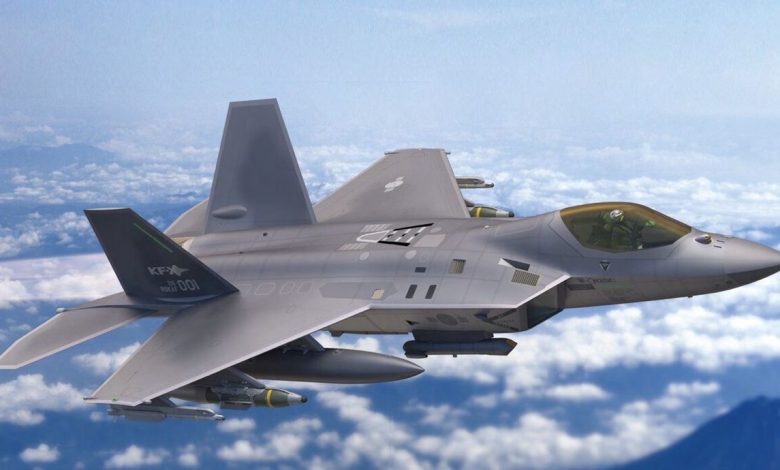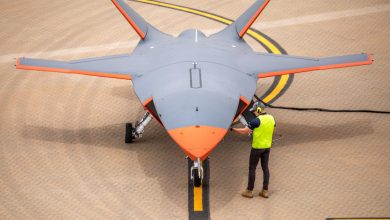South Korea Advances Home-Grown Aircraft Engine Tech With Hanwha-KIMS Center

The Korea Institute of Materials Science (KIMS) and Hanwha Aerospace have established a joint research center dedicated to developing core materials for aircraft engines.
The effort seeks to localize the production of core engine materials, reducing South Korea’s longstanding dependence on foreign suppliers.
To achieve this, the Changwon-based center will develop technologies to produce advanced engine materials for both aircraft and unmanned aerial systems, identified as a key national priority.
“The establishment of this joint research center is the result of strategic cooperation aimed at achieving localization of core aircraft engine materials and enhancing global competitiveness.” KIMS President Chul-Jin Choi said.
“Through this collaboration, we expect to see the organic integration of fundamental materials research capabilities and practical industrial technologies, enabling Korea to play a pivotal role in achieving self-reliance and technological sovereignty in the aerospace and defense sectors.”
Engine Materials
KIMS and Hanwha Aerospace will advance technologies for the forging and heat-resistant coating processes of core engine materials, such as nickel- and titanium-based alloys.
To achieve this, KIMS will leverage its state-of-the-art testing infrastructure, including ultra-high-temperature testing facilities.
The facility encompasses full-cycle capabilities, spanning research and development, testing, evaluation, and mass production.
Hanwha unveiled a self-developed aircraft engine prototype at the Farnborough Airshow 2024.
Designed for the KF-21 Boramae and future unmanned aerial systems, the turbofan engine is expected to deliver a thrust of 15,000 pounds (6,804 kilograms).
While maintaining the same dimensions as the F414‑GE‑400 engine, which currently powers the KF-21, the new engine will reportedly offer superior performance, with the ultimate goal of replacing the F414 entirely.





